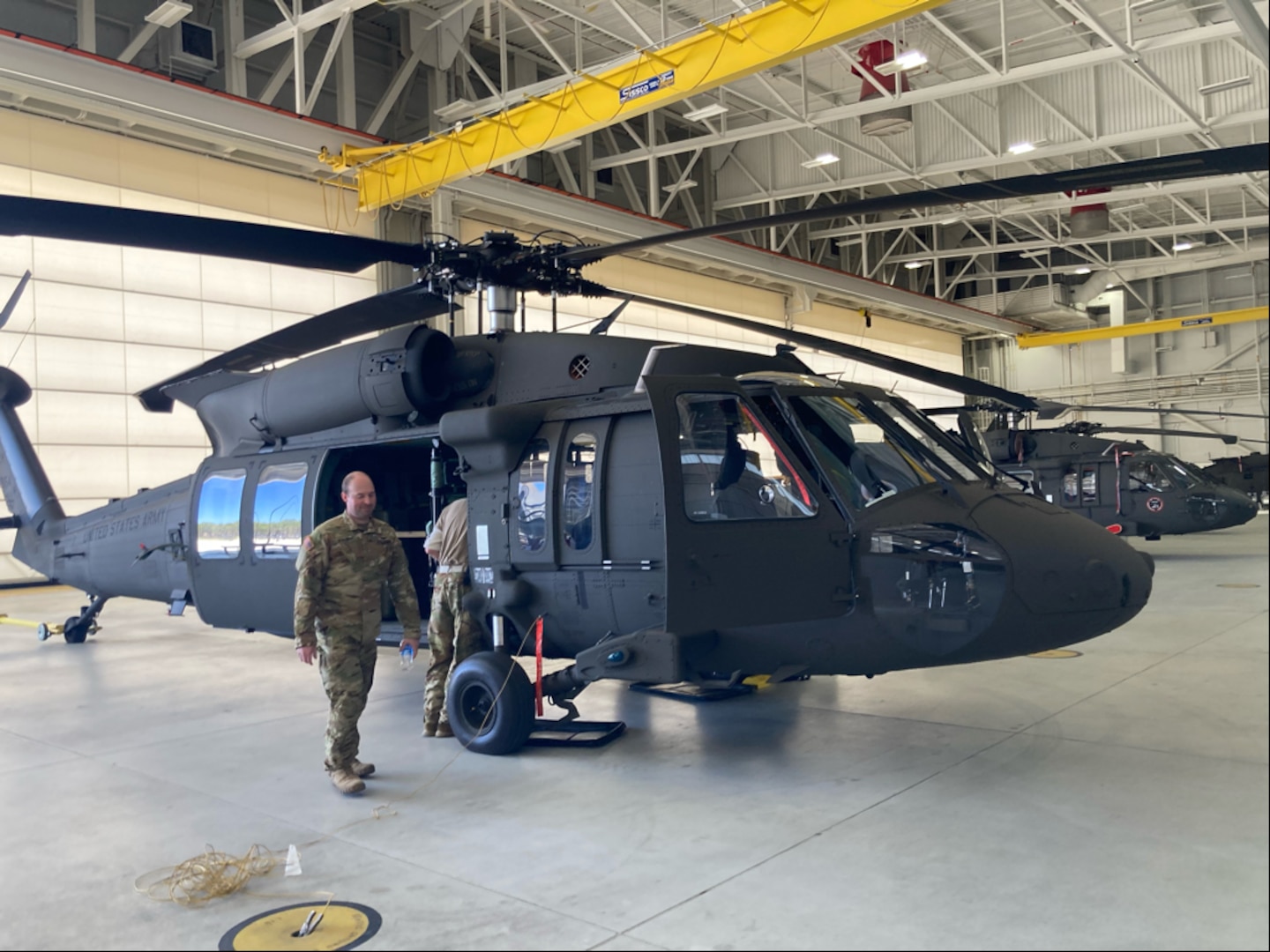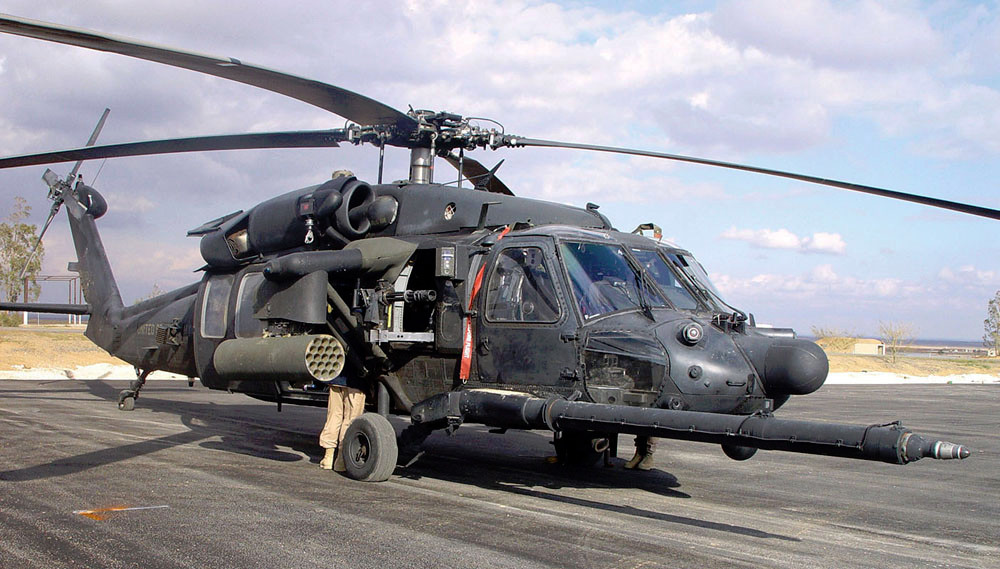Discover the Upkeep and Upgrades That Keep the Blackhawk Helicopter Mission-Ready
Discover the Upkeep and Upgrades That Keep the Blackhawk Helicopter Mission-Ready
Blog Article
Revealing the Power and Flexibility of the Blackhawk Helicopter
The Blackhawk helicopter stands as a testament to design excellence and military innovation, substantially forming the landscape of contemporary aerial operations. As we discover its background and functional capacities, one have to take into consideration how the Blackhawk continues to affect contemporary fight approaches and humanitarian efforts alike.
Background of the Blackhawk
The history of the Blackhawk helicopter is noted by considerable technical innovations and a strategic development in military aviation. Established in the late 1960s by Sikorsky Airplane, the UH-60 Blackhawk was initially conceived to replace the older UH-1 Iroquois, commonly called the "Huey." The Blackhawk's first flight happened in 1974, and it was officially introduced to the united state Army in 1979.


This airplane was developed to satisfy the requiring requirements of modern warfare, concentrating on flexibility, sturdiness, and speed (Blackhawk Helicopter). Its capability to operate in numerous environments, coupled with innovative avionics and design attributes, promptly established the Blackhawk as an important property for military procedures worldwide
Throughout the 1980s and 1990s, the Blackhawk saw considerable usage in various problems, including the Gulf War and humanitarian missions. The helicopter's adaptability permitted it to offer numerous roles, from army transportation to medevac and logistical assistance. As technology developed, so did the Blackhawk, resulting in numerous versions that dealt with details goal requirements. Today, the Blackhawk continues to be a renowned symbol of armed forces aviation, continuously improved to meet modern obstacles.
Key Features and Specs
Blackhawk helicopters are renowned for their design quality and operational flexibility, flaunting an array of crucial features and specs that enhance their efficiency in numerous armed forces duties. Among one of the most considerable features is their dual-engine setup, typically powered by the T700-GE-701C engines, which provide outstanding dependability and performance. The helicopter has an optimum cruise ship rate of around 150 knots and a service ceiling of roughly 20,000 feet, allowing it to run effectively in varied atmospheres.
The Blackhawk's airframe is built from sophisticated composite products and light weight aluminum alloys, making certain a durable structure while minimizing weight. It features a completely articulated rotor system that offers exceptional agility and stability. The helicopter can accommodate up to 11 fight troops or bring approximately 8,000 pounds of external freight, making it extremely adaptable for different goals.
In Addition, the Blackhawk is geared up with sophisticated avionics and interaction systems, enhancing situational understanding and objective sychronisation. Its capacity to run in adverse climate conditions, integrated with its low acoustic signature, makes it a stealthy option for tactical operations. Overall, these attributes add to the Blackhawk's track record as a foundation of contemporary military aeronautics.
Versatile Operational Responsibilities
Distinguished for their engineering quality and advanced capacities, Blackhawk helicopters serve a wide range of functional functions within military frameworks. Originally developed for army transportation, their convenience has actually broadened, allowing them to execute different objectives properly.
One of the main duties of the Blackhawk is as an utility helicopter, assisting in logistical support by carrying employees and materials to and from remote areas. Additionally, they master clinical discharge (MEDEVAC) operations, geared up with advanced clinical equipment and personnel to offer important treatment in the area.
In battle situations, Blackhawks can run as armed escort platforms, sustaining ground forces by involving enemy properties while ensuring troop safety and security. Their ability for special procedures makes them crucial; they can conduct reconnaissance objectives, workers healing, and direct activity raids, typically in high-threat atmospheres.
Additionally, the link Blackhawk's versatility allows it to sustain altruistic objectives and disaster reaction efforts, providing aid and important solutions in times of crisis. This broad spectrum of functional duties shows the Blackhawk helicopter's unrivaled adaptability, declaring its condition as a vital asset in modern army procedures worldwide.
Technical Advancements
Countless technical advancements contribute to the Blackhawk helicopter's extraordinary efficiency and adaptability in diverse functional atmospheres. One of one of the most substantial developments is its composite rotor blades, which boost lift and ability to move while minimizing weight and maintenance requirements. The blades system utilizes innovative materials that bolster durability and withstand environmental degradation, making certain reputable operation in severe problems.
Furthermore, the Blackhawk is outfitted with an advanced avionics suite that integrates advanced navigating and interaction systems - Blackhawk Helicopter. This look at this now includes GPS, radar, and multi-function screens that help with real-time situational recognition for pilots, adding to goal success under difficult conditions
Additionally, the helicopter's fly-by-wire control system allows for accurate handling and boosted responsiveness, giving pilots with boosted control throughout facility maneuvers. The incorporation of advanced engine modern technology, such as the T700-GE-701C engine, further boosts efficiency, offering boosted power result and gas effectiveness.
Lastly, modular layout principles allow rapid reconfiguration for various goals, from troop transport to clinical evacuation, making the Blackhawk a flexible property in altruistic and military procedures. These technical advancements collectively ensure that the Blackhawk continues to be an awesome presence overhead.
Effect On Modern Warfare

Outfitted with advanced avionics and communication systems, the Blackhawk allows seamless control amongst ground and air systems, ensuring precise and timely reaction to vibrant combat circumstances. Its convenience permits quick implementation in varied environments, from urban settings to rugged terrains, showing the complex nature of contemporary warfare.
Additionally, the Blackhawk's premium rate and dexterity facilitate quick insertion and extraction of workers, decreasing direct exposure to opponent fire. Its ability to operate in aggressive problems, get more combined with innovative defensive steps, boosts survivability and goal success prices.
As modern conflicts progressively count on joint operations and rapid reaction, the Blackhawk helicopter remains at the forefront of armed forces method, symbolizing the evolution of air wheelchair and the crucial role of air power in achieving strategic purposes. Its influence on contemporary warfare remains to redefine the abilities of armed pressures worldwide.

Final Thought
To conclude, the Blackhawk helicopter exhibits the junction of advanced engineering and operational adaptability, strengthening its standing as a cornerstone of contemporary army aviation. Its historical importance, exceptional functions, and versatility throughout different objective accounts emphasize its essential function in modern warfare. As technological advancements proceed to improve its capabilities, the Blackhawk remains a vital possession for armed forces globally, showing exceptional efficiency in both battle and humanitarian procedures.
The Blackhawk helicopter stands as a testimony to engineering quality and army innovation, significantly shaping the landscape of modern airborne operations.The history of the Blackhawk helicopter is noted by considerable technical improvements and a calculated evolution in army aeronautics.Blackhawk helicopters are renowned for their engineering excellence and operational adaptability, boasting a variety of essential features and requirements that boost their performance in different armed forces roles.Numerous technical advancements contribute to the Blackhawk helicopter's outstanding performance and adaptability in varied functional atmospheres.In conclusion, the Blackhawk helicopter exemplifies the intersection of advanced design and functional flexibility, solidifying its standing as a keystone of contemporary armed forces air travel.
Report this page